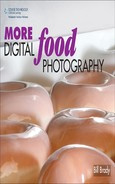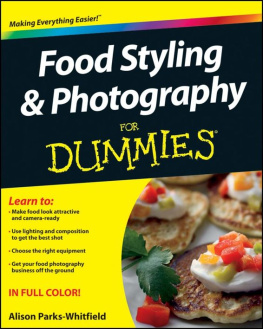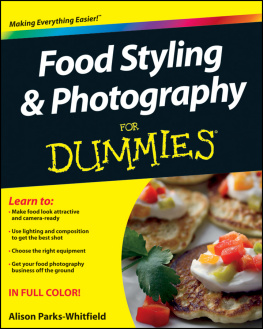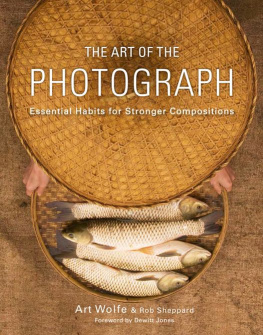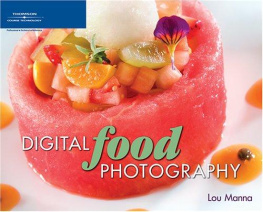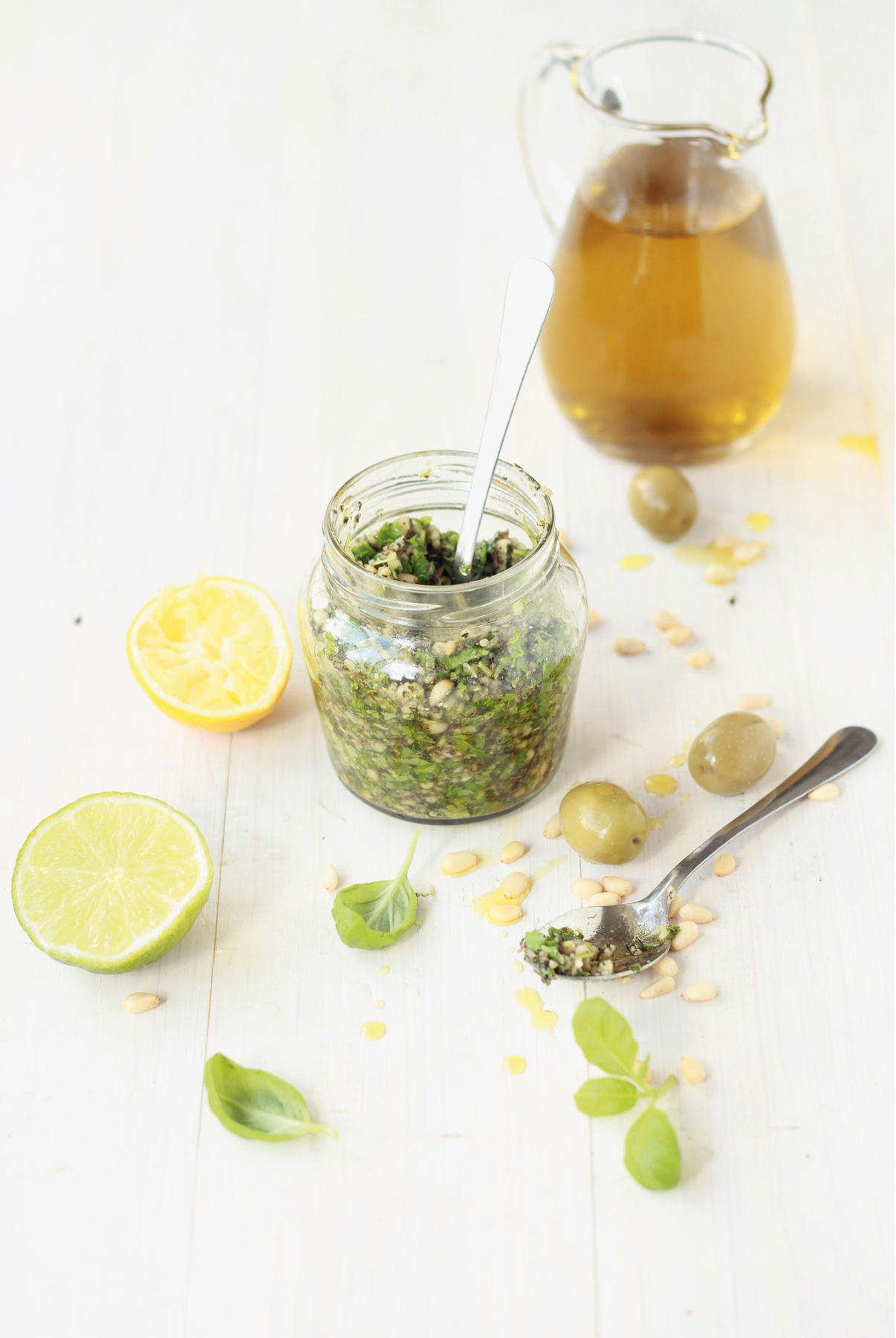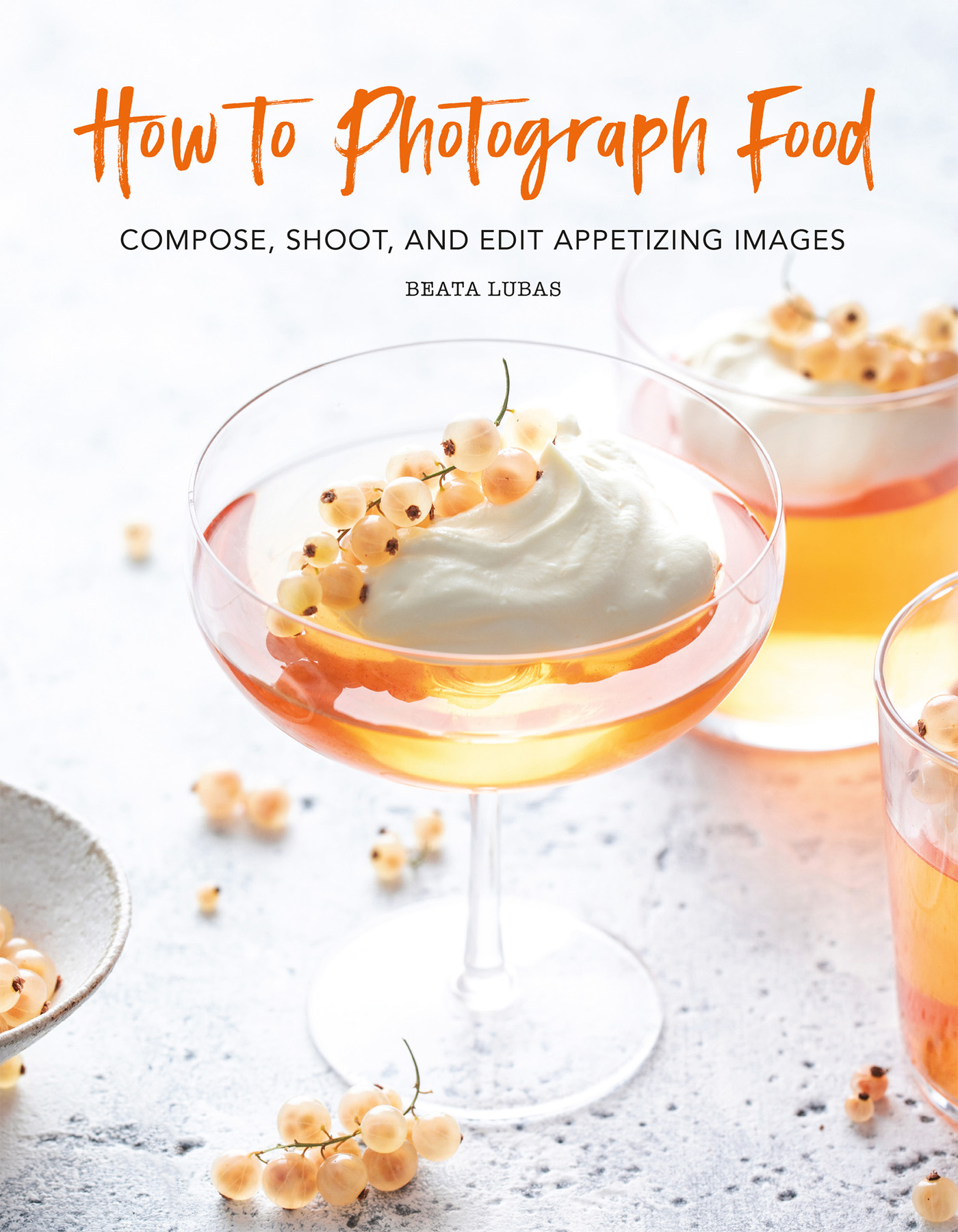
Copyright 2020 by Beata Lubus
Interior and cover photographs copyright 2020 by Beata Lubus except where noted
Hachette Book Group supports the right to free expression and the value of copyright. The purpose of copyright is to encourage writers and artists to produce the creative works that enrich our culture.
The scanning, uploading, and distribution of this book without permission is a theft of the authors intellectual property. If you would like permission to use material from the book (other than for review purposes), please contact permissions@hbgusa.com. Thank you for your support of the authors rights.
Running Press
Hachette Book Group
1290 Avenue of the Americas, New York, NY 10104
www.runningpress.com
@Running_Press
Originally published in hardcover and ebook by ILEX, an imprint of Octopus Publishing Group Ltd
First U.S. Edition: October 2020
Published by Running Press, an imprint of Perseus Books, LLC, a subsidiary of Hachette Book Group, Inc. The Running Press name and logo is a trademark of the Hachette Book Group.
The Hachette Speakers Bureau provides a wide range of authors for speaking events. To find out more, go to www.hachettespeakersbureau.com or call (866) 376-6591.
The publisher is not responsible for websites (or their content) that are not owned by the publisher.
With thanks to: Hallam Mill Studio, Manchester:
The Flower Factory LDN, London:
Topham Street Props:
Additional photographs: Claudia Goedke:
Library of Congress Control Number: 2020933071
ISBNs: 978-0-7624-9962-5 (hardcover), 978-0-7624-9963-2 (ebook)
E3-20200905-JV-NF-ORI
To you, dear photographer.
I hope this book will inspire you on your journey and boost your appetite to learn more.
Bea x
Picture this: You walk into your favorite bakery to buy a sandwich. Enticing scents fill the space. Your eyes move from one color and shape to another. You can hear the crunch of freshly baked bread being sliced, and as you take the sandwich in your hand, you feel its texture. And then theres the taste that incredible taste!
Eating is a multisensory experience, and so is great food photography. But in photography there is no sound, smell, touch, or taste to support your message, so you need to get to your viewers tastebuds through their eyes. You do this by drawing attention to visual details in your images to wake up their imagination. Your viewer is not there with you, so youve got to show them what you see, what you experience, whats important, and what they should know about the dish you are photographing.
Food photography is like taking your viewer by the hand and saying, Here, look at this! This is what I love the most about this dish, what inspires me about this ingredient, what excites me about the preparation process.
A good photo makes you feel something. It brings back memories and puts a smile on your face. It makes you want to jump into the kitchen and cook. It awakens that I want to eat it right now! feeling. It tells a story.
A good photo inspires. It draws you in. It grabs your attention, it keeps you captivated, it leads your eye around the frame, and it encourages you to explore more.
A good photo surprises. It lets you see something in a way youve never seen before.
And the magic ingredient that adds something special to your images? Thats you and the way you see.
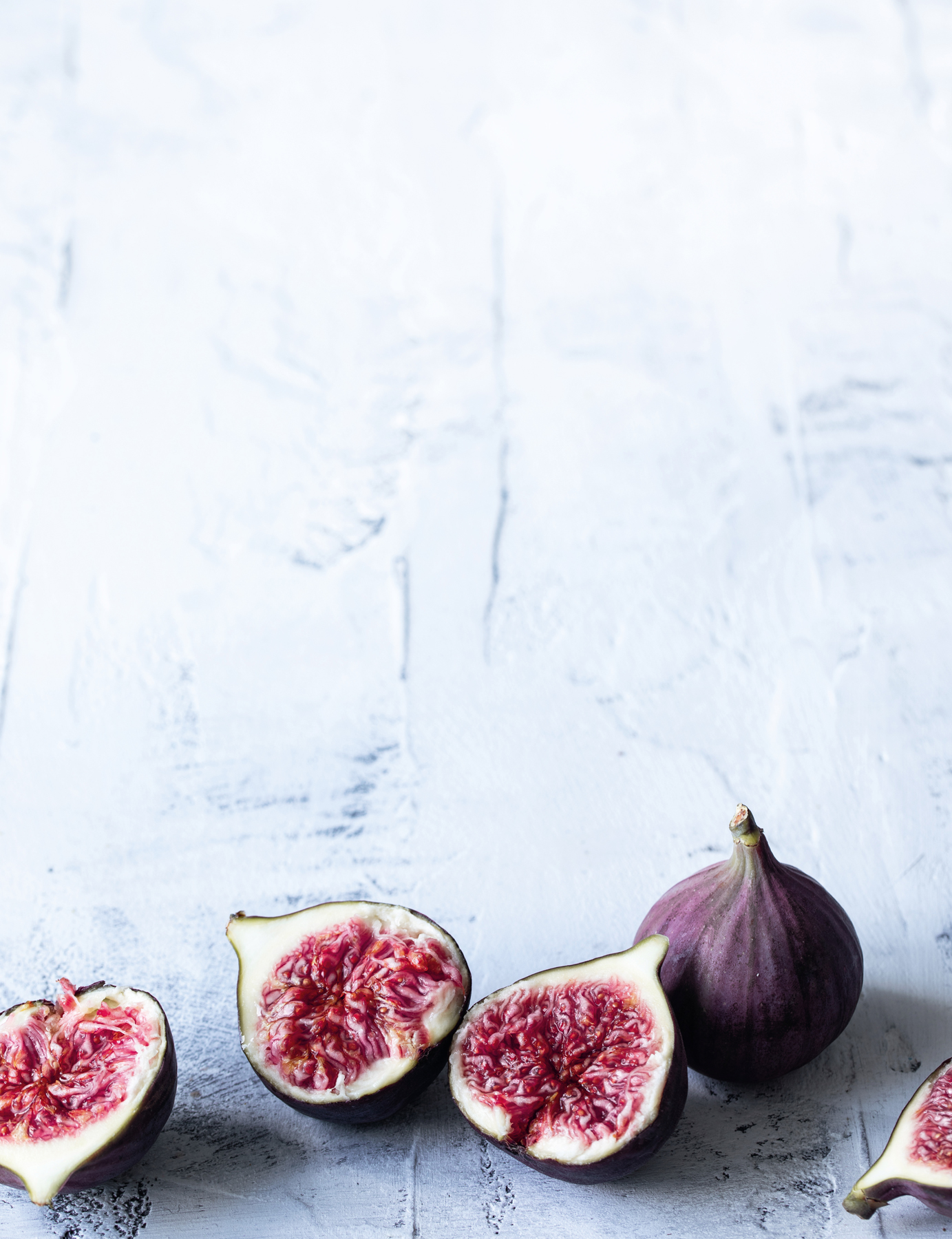
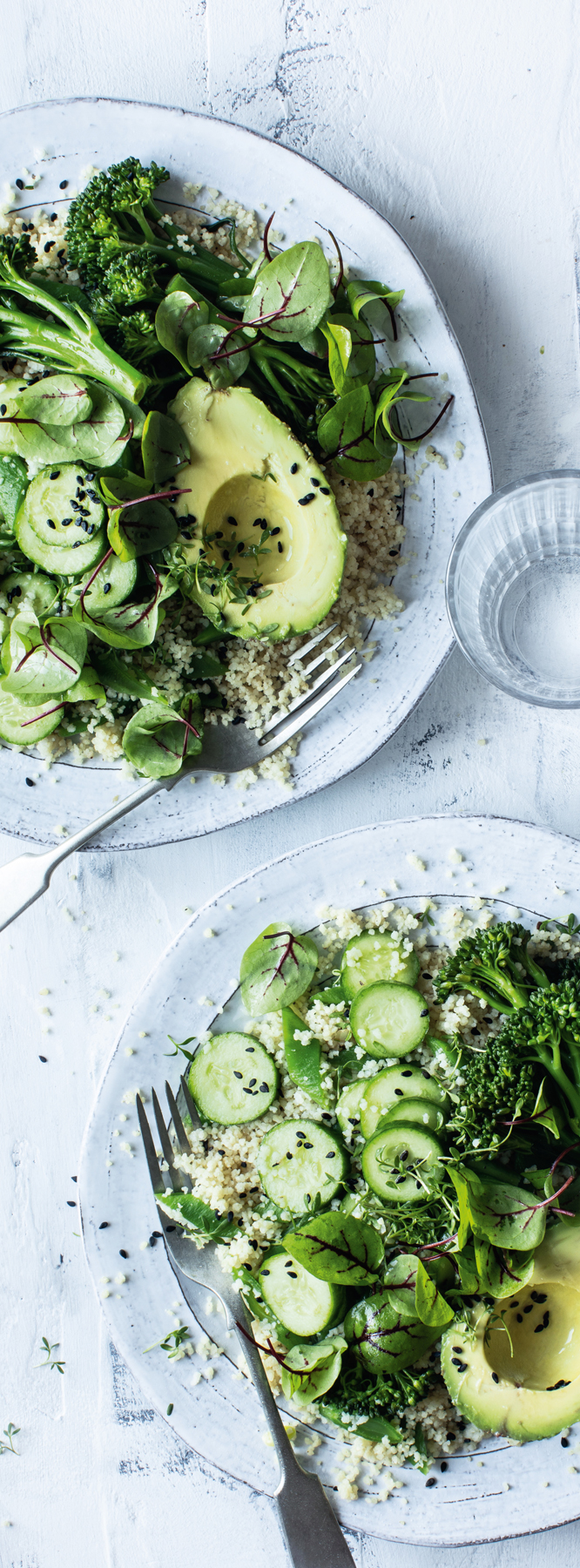
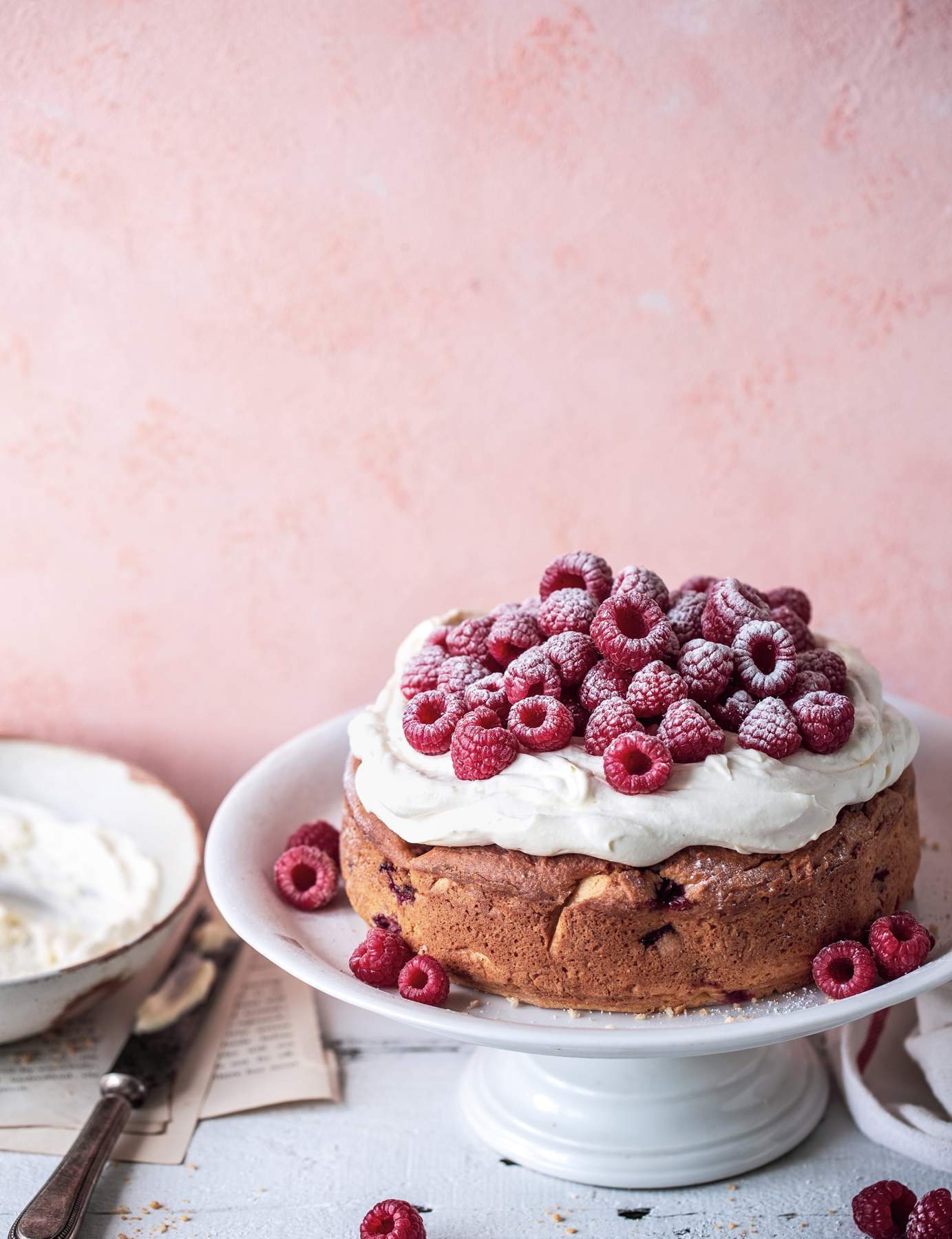
I believe that creating beautiful images is a skill everyone can master. Not convinced?
Below is one of my very first artistic food photos. Ohdid you think I had a natural knack for photography?
The truth is, photography didnt come easily to me, and I took a lot of bad photos along the way. But Ive always been stubborn, and I believe that being stubborn in honing your craft is far more important than natural talent. Sure, talent might help, but it wont take you as far as your creative ambition will.
I want you to know that I am SO excited that youve picked up this book and I cant wait for you to dive deeper into it. You really dont need a massive studio, a ton of expensive equipment, or to be an expert in camera-club jargon to take appetizing pictures of food. All you need is to let your imagination off the leash, learn a few simple techniques, and take the time to put them into practice.
If you are hungry to learn more about food photography, then this book is for you.
Here, I spill my photography secretsthings that Ive learned from years of troubleshootingso that you can learn from my mistakes. If you feel that food photography is complicated and overwhelming, thats exactly how I felt when I first started out. There are a lot of decisions to make when you create a food image from scratch. Over the years, Ive found my own process and I want to share it with you in this book, so that you can put my favorite tricks into practice too.
In the following chapters, Ill take you behind the scenes and show you, step-by-step, how I compose my images. And I wouldnt be me if I didnt invite some of my favorite people to talk about their unique approaches to food photography too; I am a huge believer that learning from more than one person makes you a better photographer.
Your creativity is at the heart of this book, so you wont find any strict rules in here. You can dip in for ideas and tools that will strengthen your frame, take and try what you find inspiring and helpful, and leave what doesnt work for you. Follow your own path, at your own pace, and make your own discoveries along the way. We all work in different ways and that should be something we celebrate.
It all begins with the decision to show up, roll up your sleeves, and work on your craft. And dont forget to give your skills some space to grow. Taking great images doesnt happen overnight. It happens when every day you get a little bit better than the day before. It happens when you fail but dont lose your enthusiasm. It happens when you persist.
I believe that great photography involves a combination of technical knowledge and personal vision. Technical know-how is important to empower your creative vision: it adds quality to your work, gives you confidence, and speeds up your working process. Without vision, however, technical skills wont take you far. Its your imagination that makes your work stand out from the crowd.
But when I studied great photographers closely, I noticed there is one more thing they all have in commonsomething that often gets overlooked, and what I want to bring to the table in this booka strong mindset.
The path to becoming a better photographer
The best photographers are those who never stop stretching their creative muscles; who always stay curious; who keep digging deeper; and who fall in love with the learning process more than the final destination. So become a student and never stop learning!



